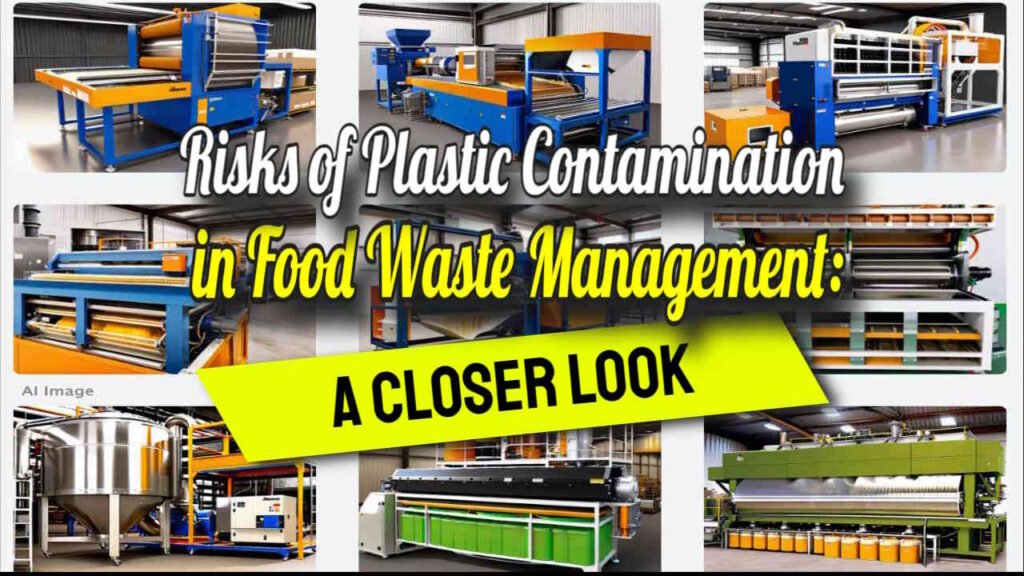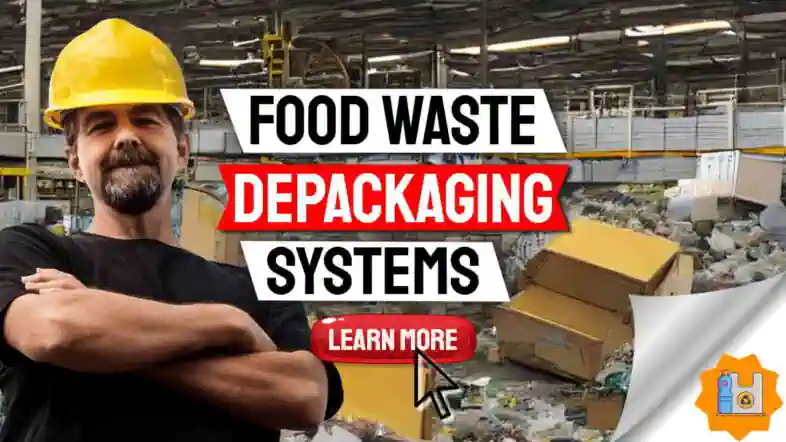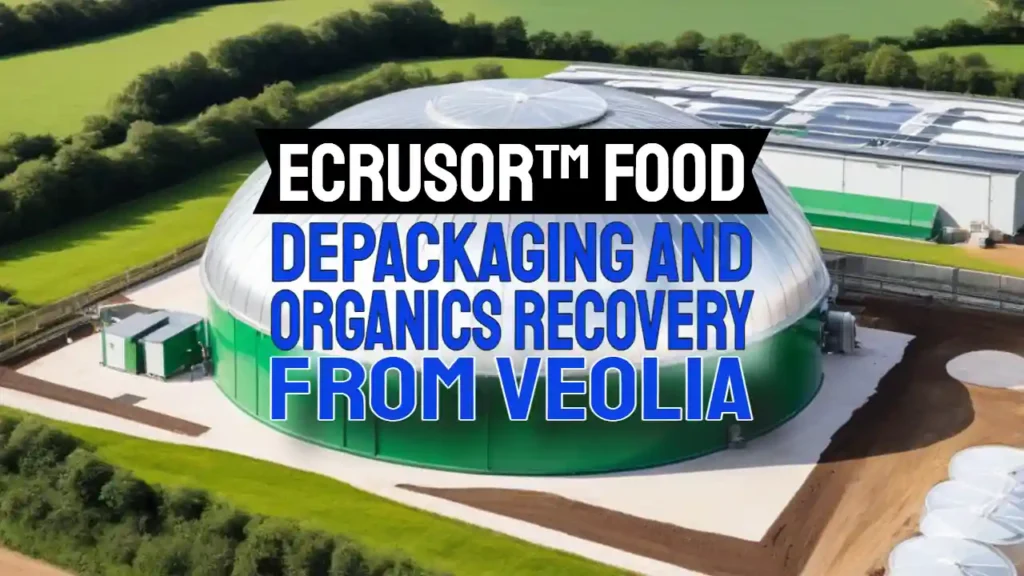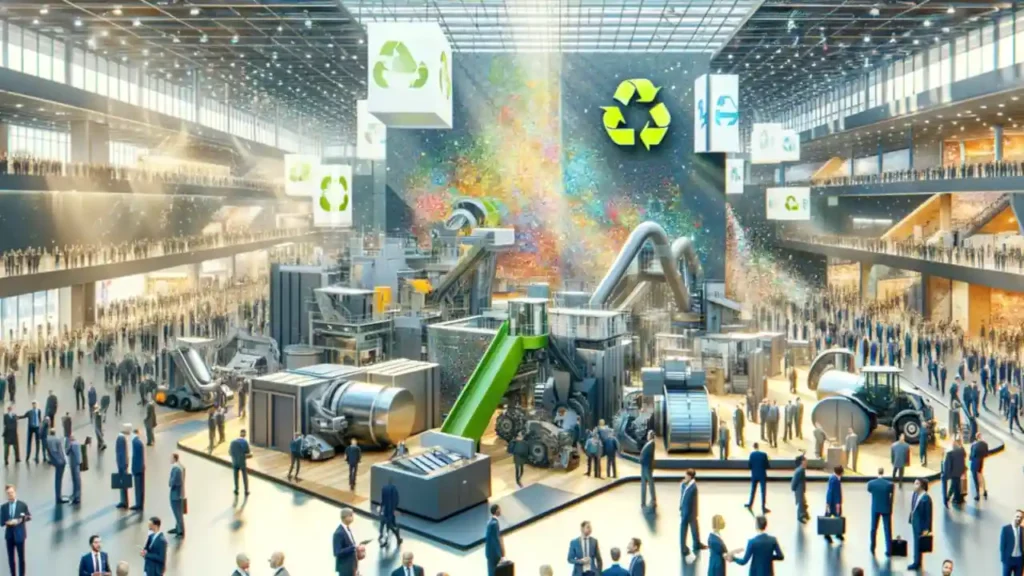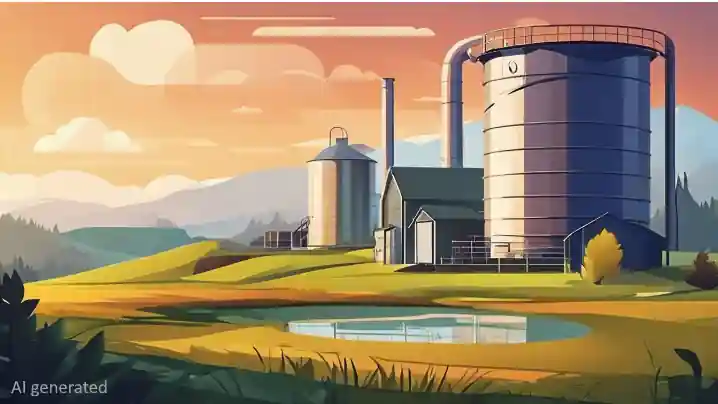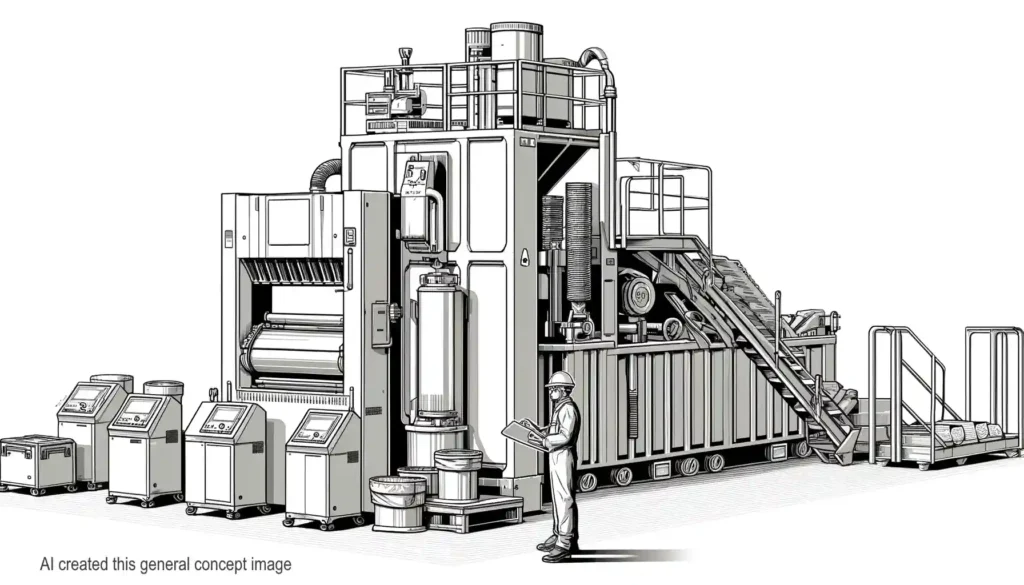This article explores the potential environmental and human health risks associated with plastic contamination in food waste processed into compost or digestate and compares these risks to alternative food waste management methods like landfilling, incineration, and disposal through sewer systems.
Key Takeaways – Plastic Contamination in Food Waste
- Plastic fragments and microplastics remain in compost and digestate made from food waste due to limitations in processing technologies.
- Land application of these amendments may release microplastics into the environment, potentially impacting soil health, plant growth, and the food chain.
- The potential human health risks of exposure to microplastics from compost or digestate are unclear and require further research.
- Other food waste management options (landfilling, incineration, down the drain) also pose environmental and human health risks, making a clear choice challenging.
This complex issue necessitates a comprehensive understanding of the risks associated with each pathway.
Risks of Land Applying Compost/Digestate with Plastic Contamination
- Microplastic Release: Grinding and shredding during food waste processing create microplastics that remain in compost/digestate. Land application releases these microplastics into the environment.
- Soil and Plant Impacts: Microplastics may alter soil properties, potentially affecting plant growth and performance.
- Microplastic Movement: Wind and water runoff can transport microplastics to other terrestrial and aquatic ecosystems.
- Human Health Concerns: Microplastic ingestion by humans through the food chain is a possibility, but the extent of health risks remains unclear.
- Limited Research: More research is needed to understand the long-term environmental and human health impacts of microplastics from compost/digestate.
Alternative Food Waste Management Options and Their Risks
- Landfilling: Landfills are generally capped and lined to minimize environmental impact. However, there’s a risk of microplastic contamination if landfilled food waste contains plastic.
- Incineration: While it reduces landfill waste, incineration releases pollutants like air particulates, potentially impacting human health.
- Down the Drain: Food waste with plastic fragments can enter sewer systems and wastewater treatment plants. Microplastics may pass through these plants and end up in waterways.
Choosing the Best Option: A Challenge
Given the current limitations of knowledge, selecting the optimal food waste management method is difficult. Each option presents potential environmental and human health risks.
FAQs
- Is compost or digestate with microplastics safe to use? There is no definitive answer yet. More research is needed to determine the extent of potential risks.
- What can be done to minimize plastic contamination in food waste? Consumers can reduce packaging waste and choose products with minimal or biodegradable packaging. Improved food waste processing technologies to remove plastics are also crucial.
- What is being done to address microplastics in the environment? Research is ongoing to understand the environmental and human health impacts of microplastics. Regulatory measures are being explored to limit plastic use and improve waste management practices.
This article provides a starting point for a complex issue. By raising awareness and promoting further research, we can work towards more sustainable food waste management solutions that minimize risks to our environment and health.
Why Drycake Twister is the Best Depackaging and Separation Machine for Microplastics-Free Organic Waste
The Drycake Twister is designed specifically to address microplastics contamination in organic waste processing. Here’s a breakdown of its key features:
- No Microplastic Generation: Unlike traditional depackagers that use milling or shredding, the Twister utilizes a unique technology to separate packaging from organics. This eliminates the creation of microplastics during processing.
- Versatility for Various Waste Streams: The Twister can handle a wide range of organic waste, including source-separated organics, catering waste, supermarket scraps, bakery leftovers, and even waste containing canned goods, plastic packaging, and glass.
- Complete Process Solution: The Twister goes beyond depackaging. It offers a comprehensive system to ensure plastic-free organic output. Additional solutions like the Seli Tank and Clean Press can be integrated to remove grit, glass, and microplastics, and clean the final digestate.
- Large-Item Acceptance: The Twister’s patented fibre tearing technology allows it to process textiles and large bags, eliminating the need for pre-sorting.
Additional Benefits of the Drycake Twister
- Easy Operation: The Twister is designed for user-friendly operation. It features a front-loader feeding system and can be configured for wet or dry waste processing with conveyor or pump discharge.
- Efficient Separation: The Twister utilizes centrifugal force generated by a paddle mill to separate packaging from organics. This process effectively pushes organic material through screens, resulting in a 99% clean, plastic-free organic mass.
- Durability and Easy Maintenance: The Twister’s all-stainless-steel construction ensures longevity and resists corrosion. Tungsten carbide coated parts and field-replaceable screens minimize maintenance requirements and downtime.
- High Productivity: The Twister offers a range of capacities to suit various needs, from 3 to 30 tons per hour.
By eliminating microplastic generation, offering a complete plastic-free solution, and providing user-friendly operation with high efficiency, the Drycake Twister stands out as the best depackaging and separation machine for organic waste processing.
Discover more from IPPTS Depackaging Equipment Insights
Subscribe to get the latest posts sent to your email.

